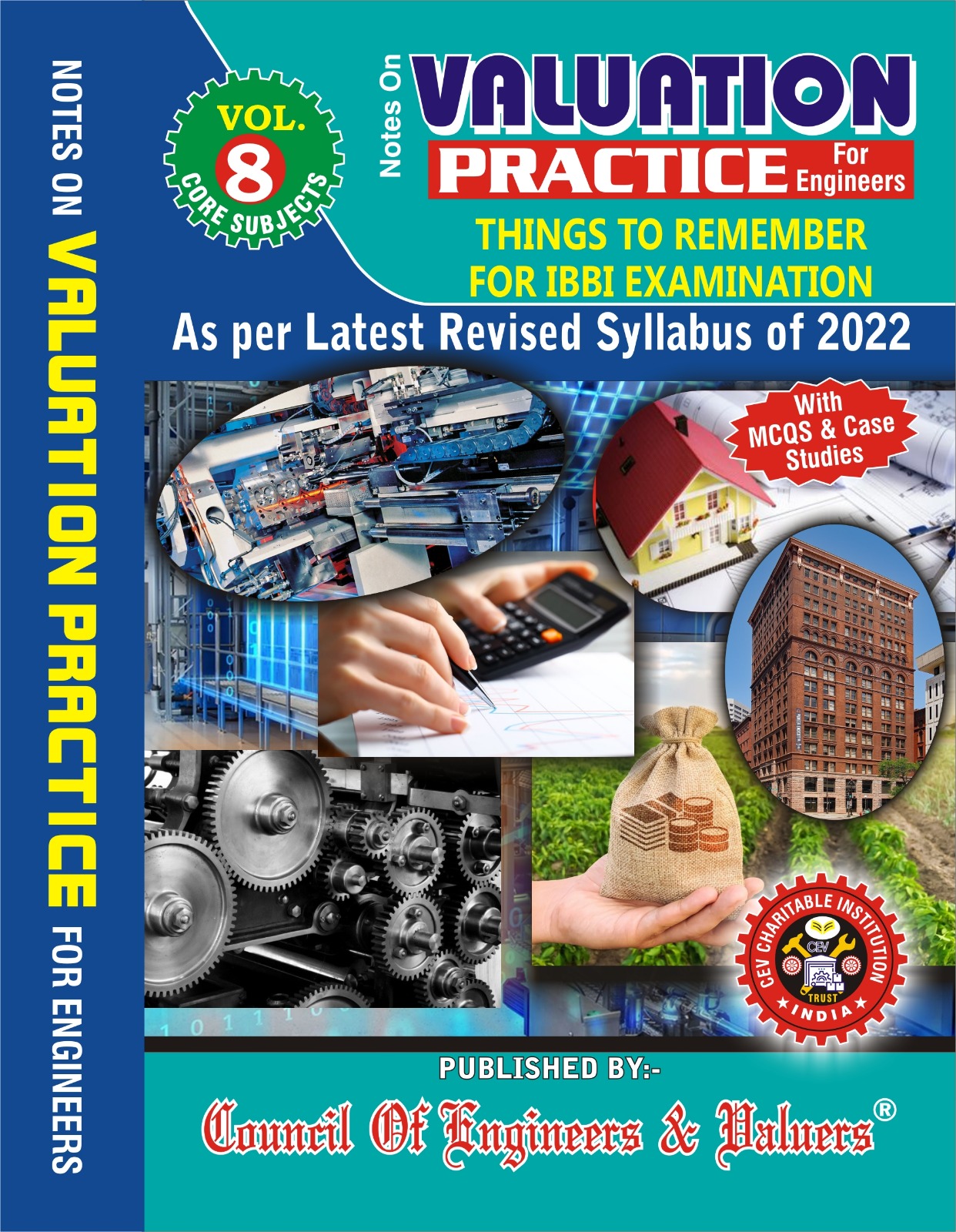KNOWLEDGE BANK
LET KNOWLEDGE SPREAD
Message from B K Aruna 05.09.2023
Ten points to be remembered while doing valuation for lessor or lessee :
1. The income approach is the appropriate method to do valuation in the hands of either lessor or lessee.
2. The lessor’s interest or lessee’s interest mainly depends on the terms and conditions stipulated in the registered lease deed.
3. Lessor’s interest in a leasehold property are :
• Capitalised value of ground rent income receivable from the lessee for the unexpired period of lease by adopting appropriate yield rate.
• Present value of the right of reversion of the property (land or land & building) at the expiry of lease period.
4. Lessor’s right will be more if there is no renewal class.
5. Lessor’s right will be more when there is a condition for surrender of land with buildings at free of cost on termination.
6. Lessor’s right will be more if there is a periodical rent revision to market rent according to covenants at fixed intervals.
7. Lessee’s right will be more if it is a perpetual lease.
8. Lessee’s right will be more if there are no restrictive conditions.
9. Lessee’s right will be more when the profit rent is much more and the balance lease period is substantially long.
10. The lessee’s interest in a leasehold property are :
• Capitalised value of net rental income (Profit rent) receivable from the building for the unexpired period of lease by adopting appropriate rate of return.
• If lease property is not rented but self-occupied, then, the valuer has to estimate notional rental based on investment in land and building to work out value of lessee’s interest. Alternatively the valuer can adopt cost approach. Lessee’s interest will be present worth of depreciated value of the building plus value of right of lessee in the land. (Total value of land – Value of lessor’s interest in land).
With best wishes,

B. KANAGA SABAPATHY
bkvaluer@gmail.com
www.bkanagasabapathy.com





